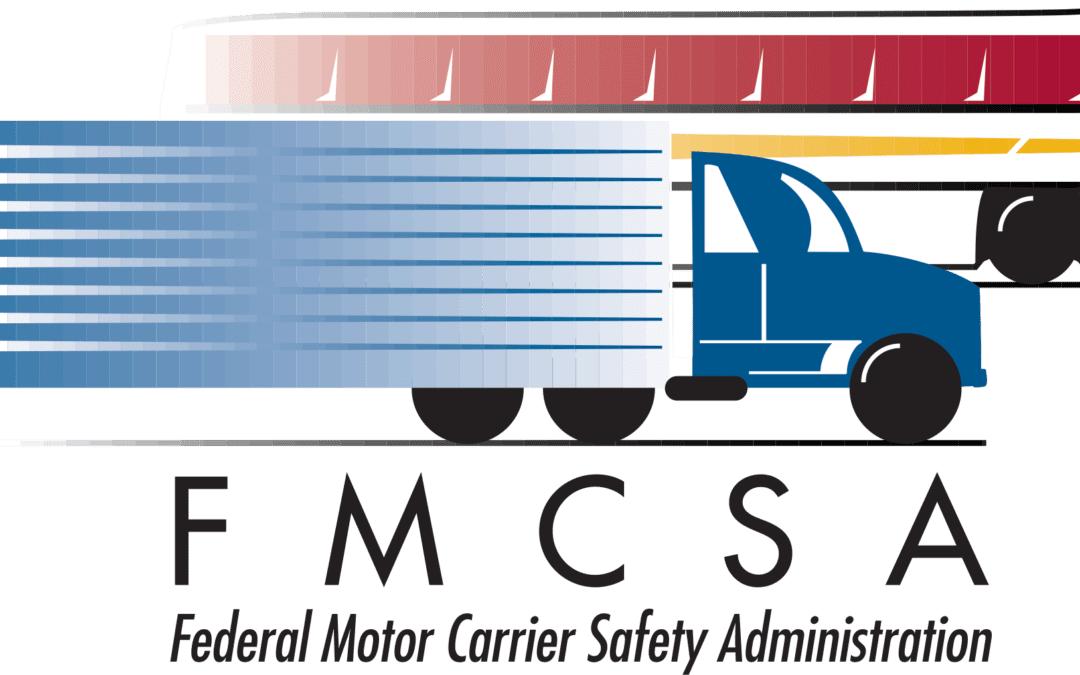The Drivers Daily Vehicle Inspection (DVIR) is part of a Driver’s Daily Responsibility to Protect Themselves, the Motoring Public and the Equipment they Operate. But does your driver know the difference between a “defect” and a “safety sensitive” defect?
Drivers and technicians need to understand the Federal Motor Carrier Safety Regulations contained in CFR 399 Appendix G that defines “safety sensitive” defects that would render the unit out of service during a pre or post-trip inspection.
Here is the Guidance for FMCSA CFR 396.11:
Question 6: Does §396.11(c) require a motor carrier to effect repairs of all items listed on a DVIR prepared by a driver before the vehicle is subsequently driven?
Guidance: The motor carrier must affect repairs of defective or missing parts and accessories listed in Appendix G to the FMCSRs before allowing the vehicle to be driven.
The Drivers Daily Inspection Processes are a requirement of the Federal Motor Carrier Safety Regulations to insure the vehicle is in safe operating condition.
A crucial part of each and every driver’s daily operation is to inspect the commercial vehicle they are operating. Over the years there has been confusion regarding pre and post trip inspections. Let’s start with the pre-trip inspection. FMCSA regulations CFR 396.13 state that before driving a motor vehicle, the driver shall:
- Be satisfied that the vehicle is in safe operating condition;
- Review the last driver vehicle inspection report; and
- Sign the report, only if the driver who prepared the report, to acknowledge that the driver has reviewed it and that there is a certification that the required repairs have been performed, noted defects or deficiencies. The signature requirement does not apply to listed defects on a towed unit, which is no longer part of the vehicle combination.
Does the pre-trip inspection need to be documented? Although the pre-trip is not required by regulation to be documented, it is a good idea to document the inspection; I recommend that the pre-trip inspection be “flagged” on the driver’s record of duty status in the “Grid” section.

Now let’s take a look at the post trip inspection. The FMCSA CFR 396.11 required that every driver report, and prepare a report in writing at the completion of each day’s work on each vehicle operated and that report (DVIR) shall cover the following parts and accessories:
- Service brakes including trailer brake connections.
- Parking (hand) brake
- Steering Mechanism
- Lighting devices and reflectors
- Tires
- Horn
- Windshield Wipers
- Rear Vision Mirrors
- Coupling Devices
- Wheels and Rims
- Emergency Equipment
The report shall identify the vehicle and list any defect or deficiency in the vehicle that would affect the safe operation of the vehicle or cause a mechanical breakdown. If there are no defects or deficiencies the driver shall so indicate on the DVIR. In all instances the driver is required to sign the DVIR upon completion.
Now if there are defects or deficiencies noted by the driver the motor carrier is required to correct or cause to have corrected the defects or deficiencies of the CMV prior to allowing or permitting the operation of the vehicle.
Does this mean all defects and deficiencies have to be corrected? NO, only those as outlined in Appendix G of the FMCSR that would directly affect the safe operation of CMV. Technicians, drivers and service managers should all become familiar with Appendix G to determine which defect/deficiencies must be corrected immediately and which can be held off until the next PM or later date. Once the defect/deficiency(s) have been corrected the original DVIR is required to be “certified” as corrected or that the correction was unnecessary. The DVIR is then to be signed by the repairing technician. The “certification” is required to be on all copies of the DVIR. The driver is to retain the previous days DVIR on the CMV and the motor carrier is required to maintain all DVIRs for ninety days.
If you have not reviewed Appendix G of FMCSA CFR 399 with your drivers I would recommend that you include this information in your next driver safety meeting.
Originally posted on the Idealease Safety Bulletin

